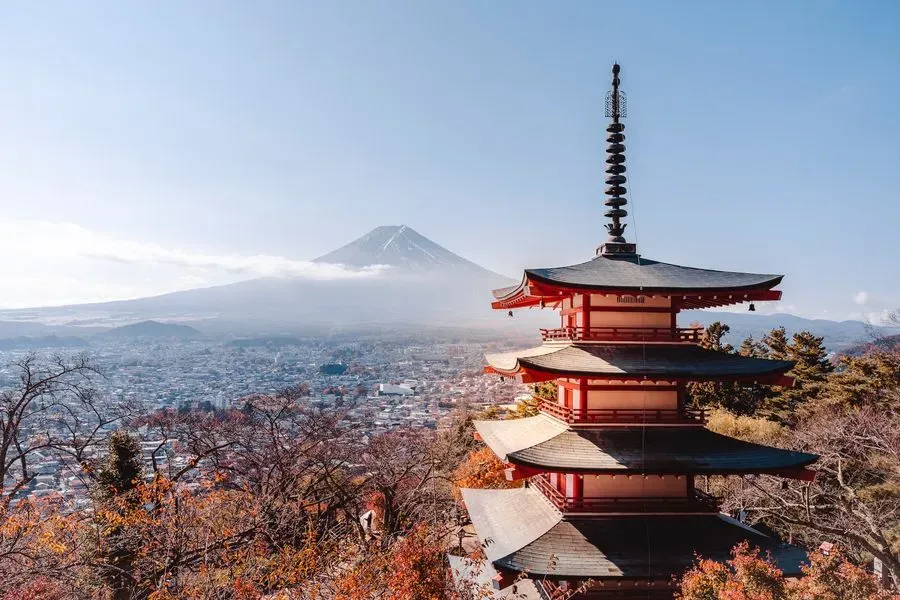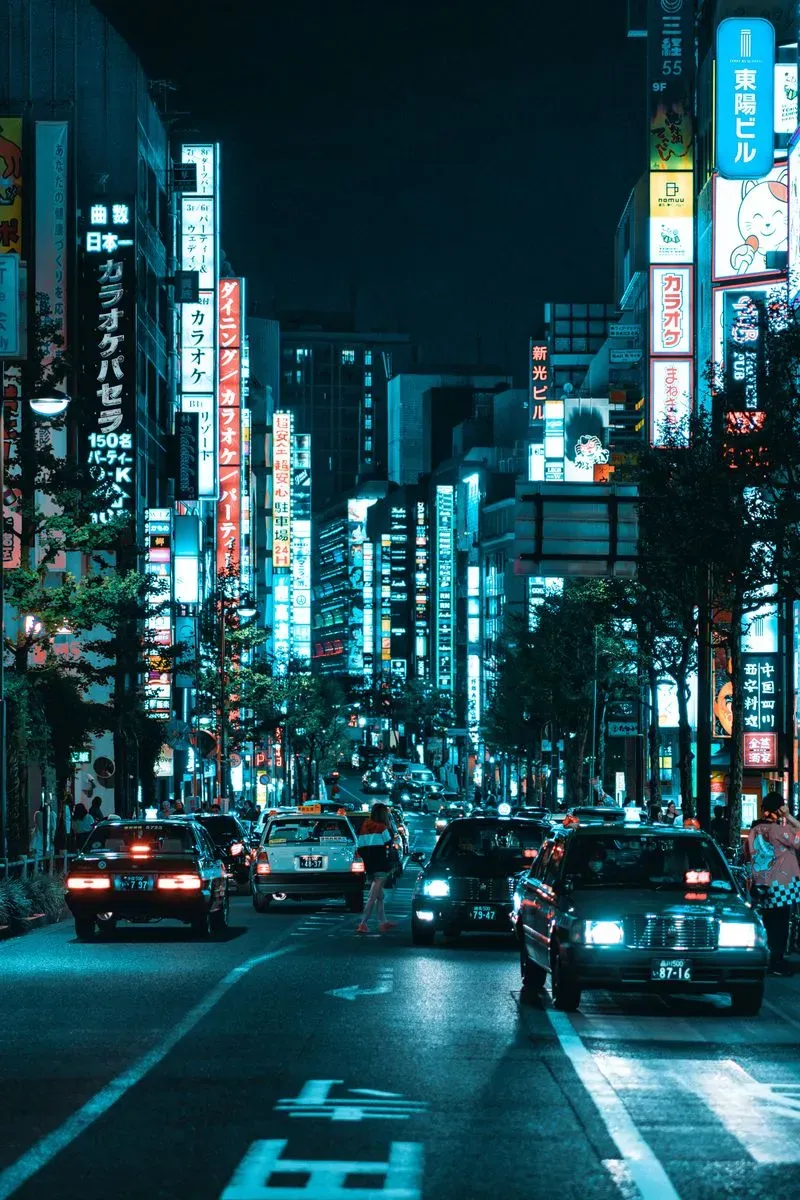5 days in Japan
Kyoto & Osaka
Japan is one of the most unique places in the world where ancient traditions seamlessly blend with cutting-edge modernity. And did I mention cherry blossoms, exquisite cuisine, and landscapes that will leave you enchanted?
3-6
days
2
regions
14
activities
0
curated stay
Sandra
Japan expert
70+ destinations visited
18 curated trips
Sandra embodies the spirit of a modern-day explorer with an unwavering passion for adventure. Her extensive experience as a travel guide and organizer enables her to craft truly amazing and unique plans.
Other Japan itineraries
Japan itinerary
Dates1 days
---
For
1 days
Dates1 days
---
For
1 days


